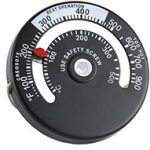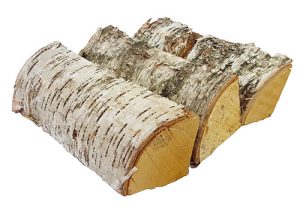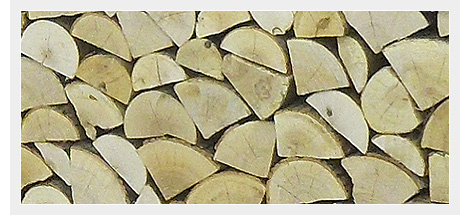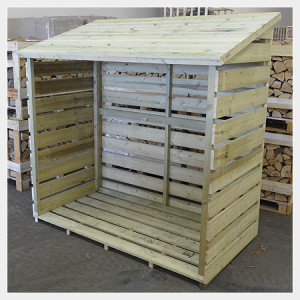A stove thermometer will let you know how efficient your fire is operating in real-time
 Stove thermometers generally attach to your flue pipe by a magnet mounted on the rear, and provide instant feedback in how hot your fire is burning.
Stove thermometers generally attach to your flue pipe by a magnet mounted on the rear, and provide instant feedback in how hot your fire is burning.
Avoiding creosote by burning within the optimal temperature range
Stove with vents damped/closed down too much produces flue temperatures in the 100-200 degree Fahrenheit range.
These temperatures do not sufficiently combust your fuel or logs, leading to creosote build up within your flue and chimney.
Your fires should be kept burning anywhere between 300-450 degrees in general – this minimizes creosote build-up and ensures you aren’t wasting your logs.
Most stove thermometers like the ones we stock will have 3 clearly defined zones, from the “creosote” to “best operation” and “too hot” – this ensures you can easily add less or more logs and control the oxygen to your fire to keep your stove within the best operating range.
Relevant product: View our Safety Essentials Pack which includes our stove thermometer


 Kiln dried birch logs make excellent firewood – they catch fire quickly and warm your home faster than the other hardwood species, making them ideal if you use your stove or log burner primarily in the evenings or at the weekend.
Kiln dried birch logs make excellent firewood – they catch fire quickly and warm your home faster than the other hardwood species, making them ideal if you use your stove or log burner primarily in the evenings or at the weekend. For customers that use their stoves intensively throughout the day, we have introduced kiln dried oak logs this year.
For customers that use their stoves intensively throughout the day, we have introduced kiln dried oak logs this year.

